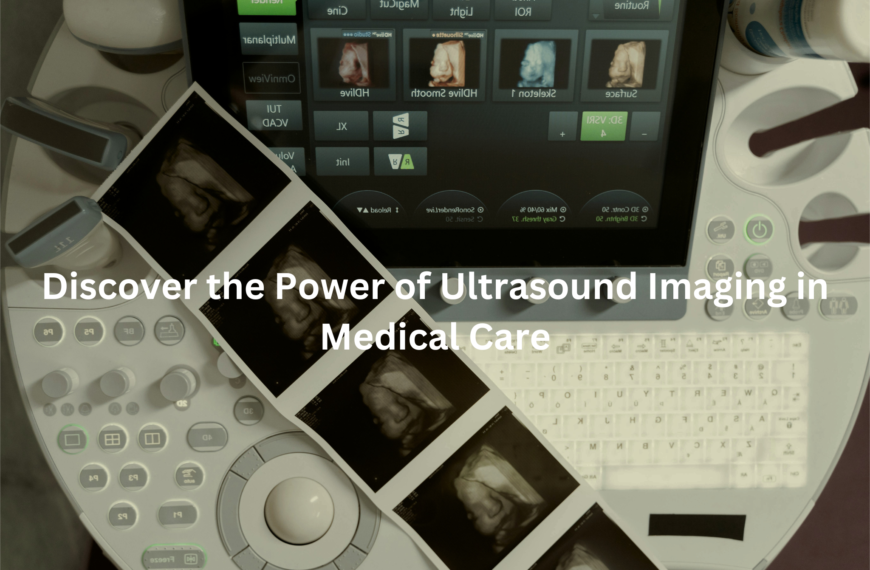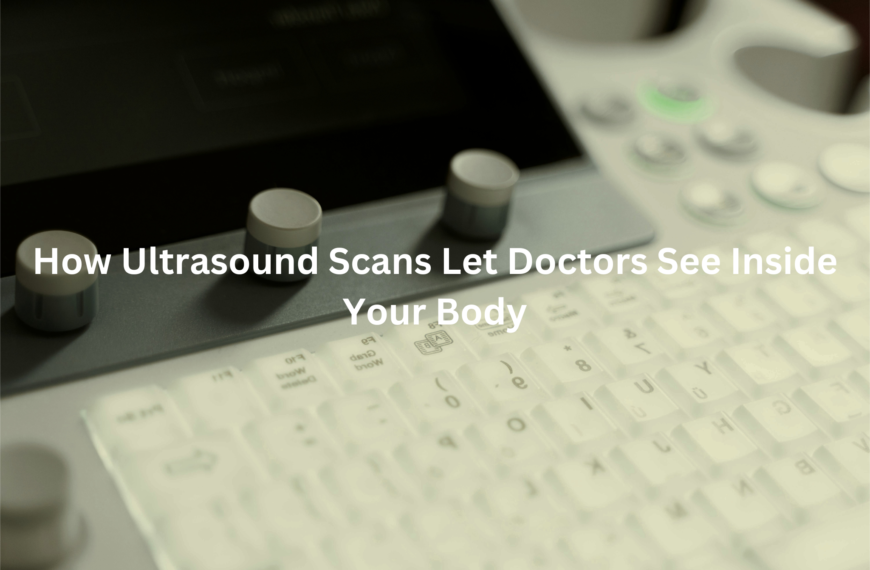See how fluoroscopy improves surgical precision, reduces invasive procedures, and enhances patient outcomes with real-time imaging.
Fluoroscopy is a real-time X-ray imaging technique that helps surgeons see internal structures during procedures. By providing continuous imaging, it improves accuracy in surgeries, from orthopaedic and cardiovascular treatments to minimally invasive procedures. However, managing radiation exposure is essential for patient and healthcare worker safety.
Key Takeaways
- Fluoroscopy improves accuracy in surgery, reducing the need for open procedures.
- Radiation exposure is a factor, but safety measures help minimise risks.
- Advances in fluoroscopic imaging continue to improve precision and lower radiation doses.
How Fluoroscopy Works
Fluoroscopy is like an X-ray that doesn’t stop. Instead of a single snapshot, it produces continuous images, allowing surgeons to see movements inside the body in real-time. Think of it as a live X-ray movie that helps guide precise medical procedures.
This is made possible by specialised equipment:
- C-arm fluoroscopy – A mobile, curved X-ray machine used in operating theatres.
- Mini C-arm – A smaller, more portable version for detailed imaging, often used in orthopaedic procedures.
- X-ray table – Where the patient lies while fluoroscopic images are taken.
By constantly updating the visuals, fluoroscopy allows doctors to make instant decisions, guiding everything from spinal injections to cardiac surgeries with greater accuracy. (1)
Types of Fluoroscopy Procedures
Fluoroscopy is used across medical specialties. Here’s where it’s most common:
Orthopaedic Surgery
- Pedicle screw placement – Ensures screws are positioned correctly in spinal surgery.
- Fracture realignment – Helps guide bones back into place without needing large incisions.
- Joint injections – Used to accurately deliver pain-relief injections into the joints.
Cardiovascular Procedures
- Catheter placement – Guides thin tubes through blood vessels to the heart.
- Stent placement – Helps open up narrowed arteries with precision.
- Blood vessel imaging – Detects blockages or abnormalities in the circulatory system.
Gastrointestinal & Urological Procedures
- Barium X-rays – Checks for issues in the digestive system.
- Fallopian tube imaging – Identifies blockages affecting fertility.
- Bile duct assessment – Finds problems in the liver and gallbladder.
Benefits of Fluoroscopy in Surgery
Credits: shastaortho
Surgeons rely on fluoroscopy because it makes procedures more precise and less invasive. Some of the biggest benefits include:
- Minimally invasive surgery – Many procedures that once required large incisions can now be done with tiny cuts and guided tools.
- Faster recovery – Smaller incisions mean patients heal quicker with less pain.
- Real-time adjustments – Surgeons can instantly see if they need to reposition a tool or correct an issue.
Without fluoroscopy, some surgeries would be more complex, requiring larger openings and longer recovery times.
Radiation Exposure and Safety Measures
Fluoroscopy does use radiation, and the longer a procedure lasts, the more exposure occurs. However, medical teams follow strict safety measures:
- Lead aprons and shields – Protects doctors, nurses, and patients from unnecessary exposure.
- Proper positioning – Ensures only the necessary areas are exposed to radiation.
- Low-dose settings – Advances in technology have made it possible to reduce radiation without losing image quality.
While no medical imaging is completely risk-free, fluoroscopy is generally considered safe when used correctly. The benefits usually outweigh the small risks, especially in life-saving procedures.
Fluoroscopy vs. Other Imaging Modalities
Fluoroscopy isn’t the only imaging option, but it serves a different purpose compared to other methods:
- Fluoroscopy vs. MRI – MRI provides detailed static images without radiation, but it can’t show real-time movement like fluoroscopy.
- Fluoroscopy vs. CT scan – CT scans give a 3D view, but fluoroscopy exposes patients to less radiation and is better for live guidance.
- Best use cases – Fluoroscopy is ideal for procedures that require continuous imaging, while MRI and CT scans are better for diagnosing structural issues.
The key difference? Fluoroscopy lets doctors “watch” the procedure unfold, while MRI and CT provide high-detail snapshots.
Applications in Pain Management and Non-Surgical Treatments
Not all fluoroscopy procedures involve surgery. In fact, it’s a game-changer for pain management:
- Spinal injections – Helps place anti-inflammatory medication directly into affected areas.
- Joint procedures – Used for targeted pain relief in knees, shoulders, and hips.
- Nerve blocks – Guides anaesthetics to block pain signals.
These treatments are often done in outpatient clinics, meaning patients can go home the same day with minimal downtime. (2)
Innovations in Fluoroscopic Imaging
Medical imaging is evolving, and fluoroscopy is no exception. Some of the latest advancements include:
- AI-enhanced imaging – Uses machine learning to improve accuracy and reduce guesswork.
- Low-dose techniques – New technology is lowering radiation exposure without sacrificing clarity.
- Portable fluoroscopy systems – Mobile units allow doctors to use fluoroscopy outside traditional hospital settings.
These innovations are making procedures safer, more accessible, and more effective.
Future Trends and Advancements in Fluoroscopy
Looking ahead, fluoroscopy is set to become even more advanced:
- Better radiation management – New software is helping track and limit radiation doses.
- Robotic-assisted fluoroscopy – Integrating fluoroscopy with robotic surgery could increase precision.
- Expanding applications – Researchers are exploring its use in emerging fields like regenerative medicine.
Fluoroscopy has already changed how surgeries are performed. With continued advancements, it’s likely to become even safer and more widely used in the future.
Conclusion
Fluoroscopy has transformed surgery, offering real-time imaging that improves precision and reduces the need for invasive procedures. While radiation exposure is a concern, safety measures help minimise risks. As technology advances, innovations like AI and low-dose imaging continue to improve its effectiveness.
Whether for orthopaedic, cardiovascular, or pain management procedures, fluoroscopy remains a critical tool in modern medicine—helping doctors make faster, more accurate decisions for better patient outcomes.
FAQ
What are fluoroscopy procedures used for?
Fluoroscopy procedures help doctors see internal structures of the body in real time using X-ray imaging. They are used in surgical procedures, diagnostic procedures, and treatment procedures, such as catheter placement, stent placement, and detecting foreign bodies.
How does C-arm fluoroscopy work in surgery?
C-arm fluoroscopy uses a special X-ray scanner to capture fluoroscopic images during invasive procedures. The X-ray tube moves around the patient, creating a continuous X-ray image that helps doctors ensure proper placement of implants or instruments, especially in orthopaedic procedures and orthopaedic surgery.
What is the difference between fluoroscopic imaging and other medical imaging techniques?
Unlike magnetic resonance imaging (MRI), which uses magnets, or CT scans, which take static images, fluoroscopic imaging provides a continuous X-ray image, like an X-ray movie. This makes it useful for guiding fluoroscopy exams and fluoroscopic procedures that involve moving body structures, such as blood vessels, the gastrointestinal tract, and bile ducts.
Is fluoroscopy safe in terms of radiation exposure?
While fluoroscopy involves radiation exposure, the type of fluoroscopy and type of procedure determine the radiation dose. Healthcare providers use protective measures to reduce occupational radiation exposure and avoid unnecessary radiation exposure. Mini C-arm fluoroscopy is often used in outpatient procedures to minimise exposure.
How is fluoroscopy used in orthopaedic procedures?
In orthopaedic procedures, fluoroscopy helps guide pedicle screw placement, injections into joints, and soft tissue repairs. It ensures proper placement of implants and reduces the need for invasive surgery. Orthopaedic surgeries often use C-arm fluoroscopy or mini C-arm systems for better accuracy.
What fluoroscopy procedures are used for reproductive systems?
Fluoroscopy is used to examine reproductive systems, such as imaging fallopian tubes to check for blockages. Barium X-rays can also assess the gastrointestinal tract and other hollow tubes in the body. These imaging procedures help in diagnostic procedures and treatment procedures.
Can fluoroscopy be performed on an outpatient basis?
Yes, many fluoroscopy exams are done on an outpatient basis, meaning patients don’t need to stay in hospital. Outpatient procedures include injections into joints, fluoroscopic procedures for pain management, and certain gastrointestinal tract assessments. Patients might need to rest for a few hours with immobilisation, depending on the medical procedure.
How do healthcare providers minimise radiation risks during fluoroscopy?
Healthcare providers take precautions to limit radiation risks, such as using protective gear, adjusting the primary beam, and limiting the period of time a patient is exposed. Advances in fluoroscopic imaging and systematic review of radiation safety help further reduce risks.
How does fluoroscopy help in catheter placement and stent placement?
Fluoroscopy provides real-time guidance for catheter placement and stent placement, ensuring they are positioned correctly within blood vessels or other body structures. The X-ray beams allow healthcare providers to see how the devices move inside the body, reducing complications during invasive procedures.
What role does fluoroscopy play in monitoring blood flow?
Fluoroscopy is commonly used to assess blood flow in the blood vessels. It helps detect blockages, narrowing, or abnormal connections by capturing fluoroscopic images over a period of time. This is particularly useful in diagnostic procedures and planning for treatment procedures such as angioplasty.
References
- https://pch.health.wa.gov.au/our-services/medical-imaging/fluoroscopy
- https://www.epa.nsw.gov.au/-/media/epa/corporate-site/resources/radiation/24p4505-standard-6-part-4-fluoroscopy.pdf




